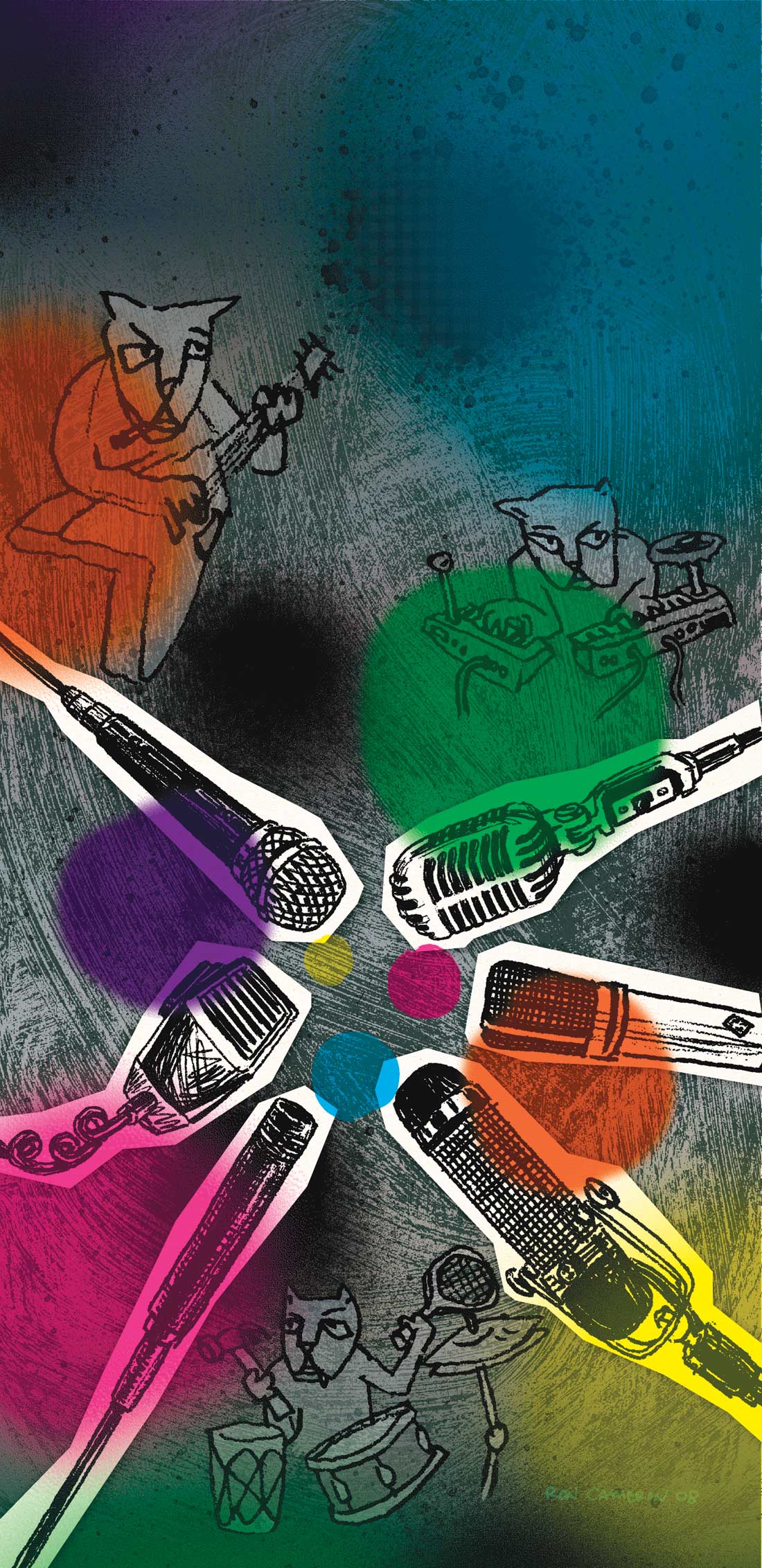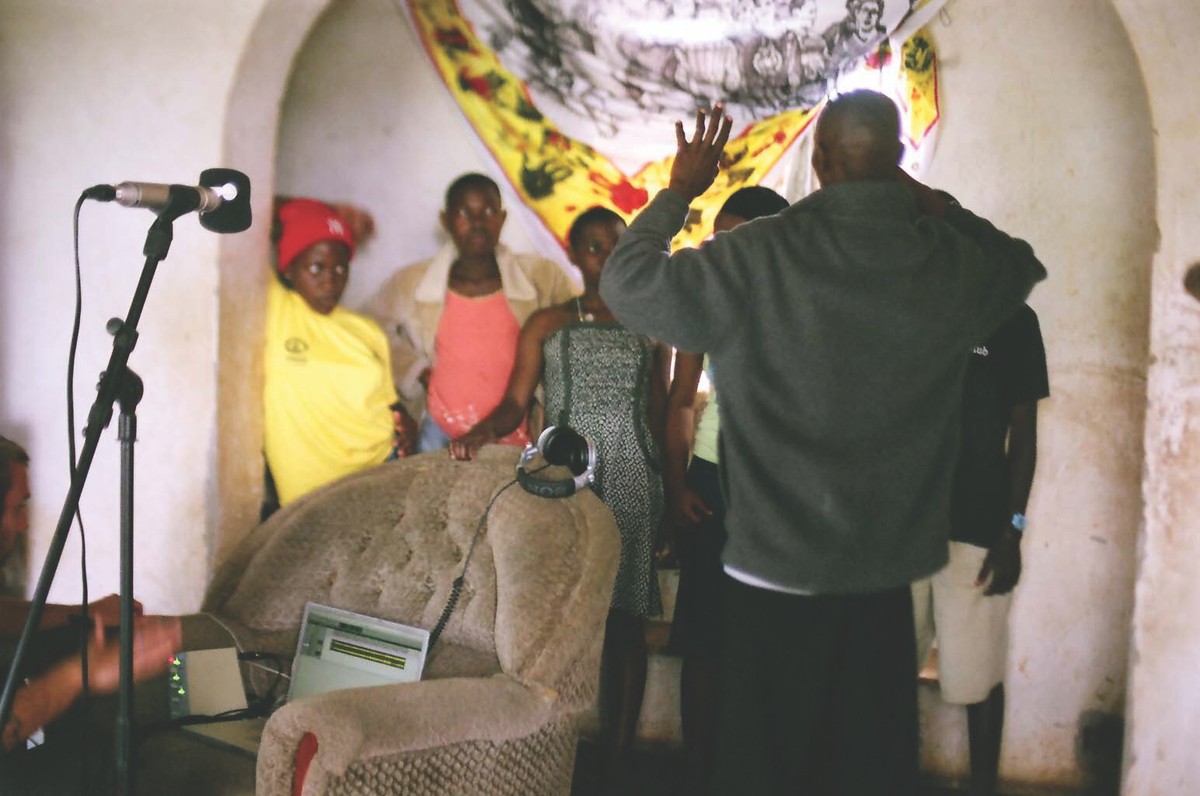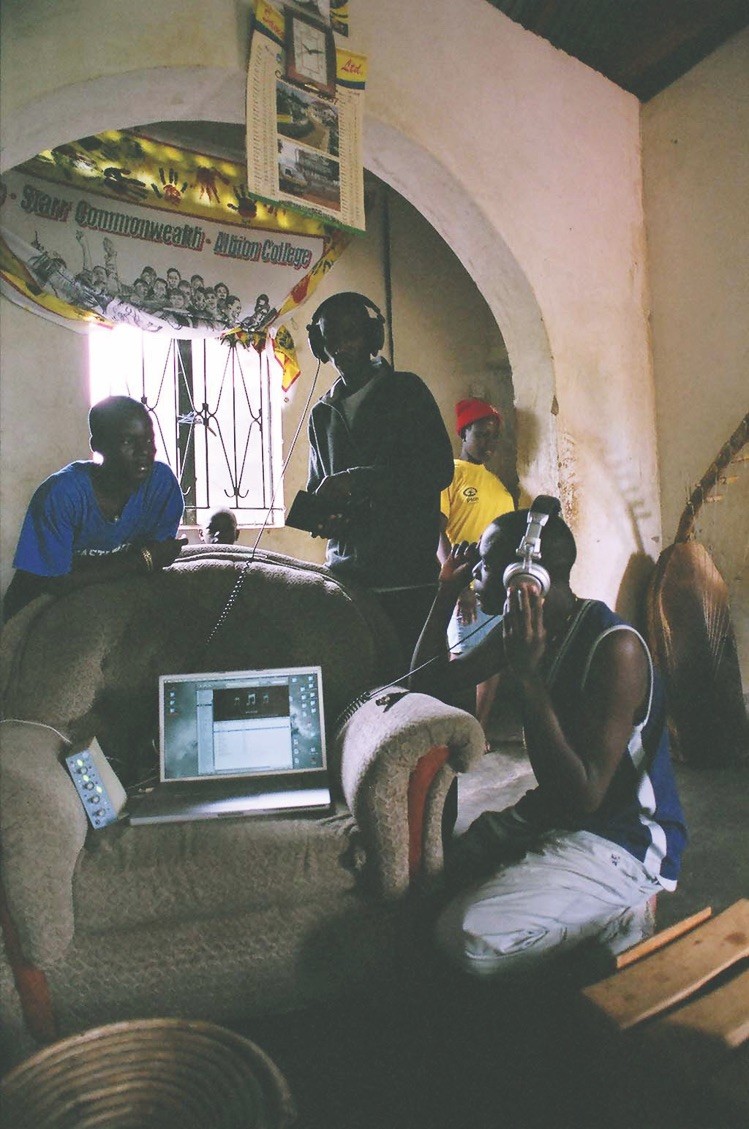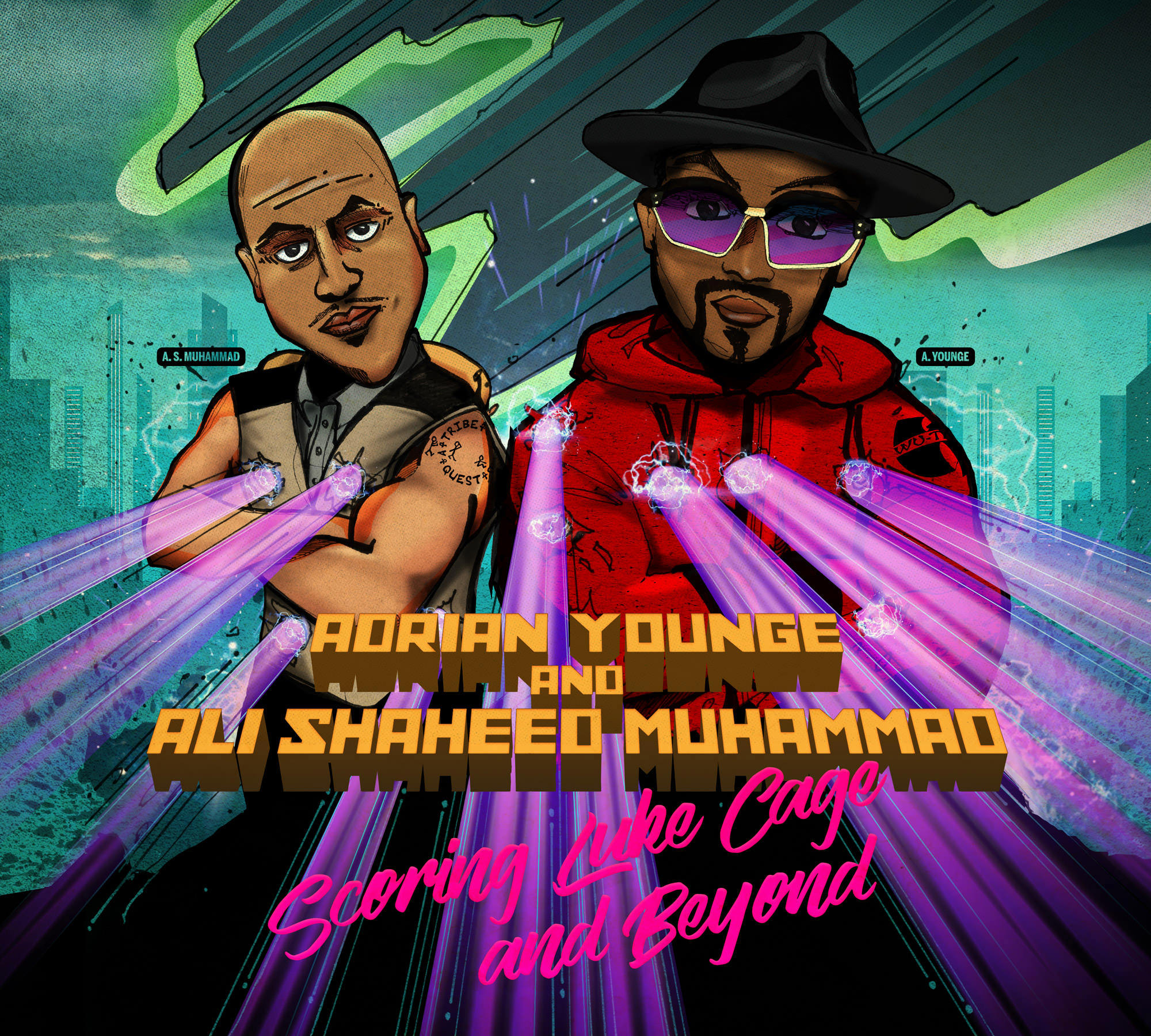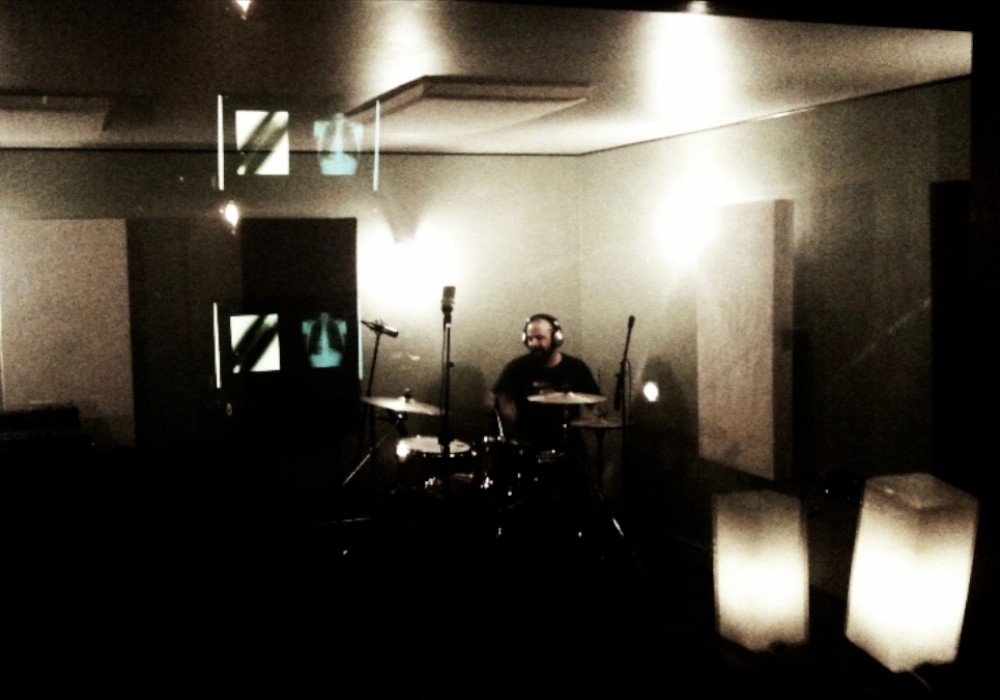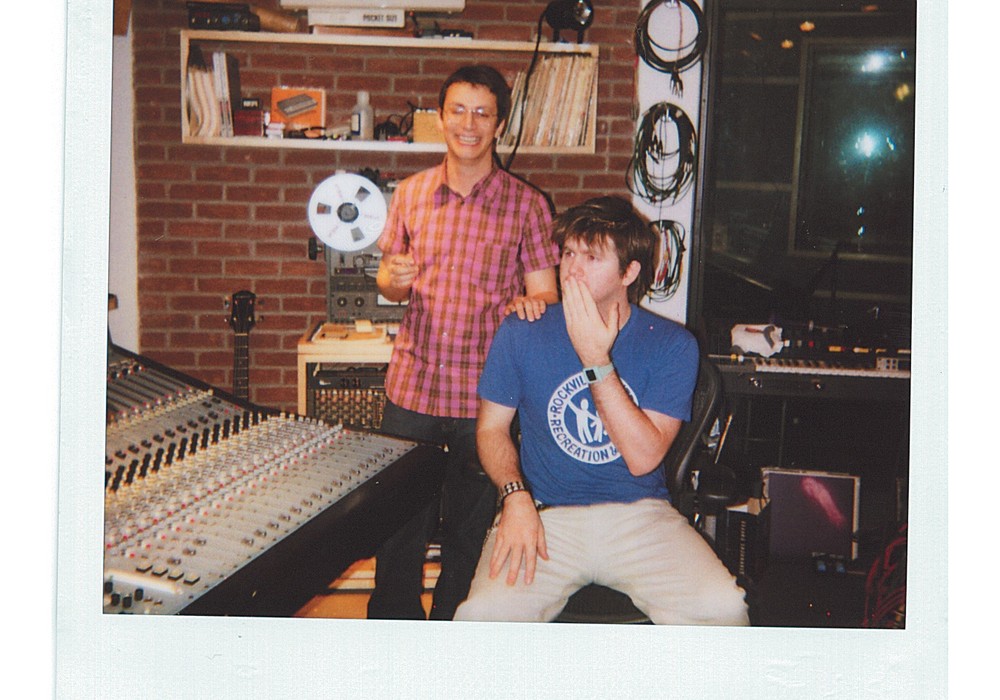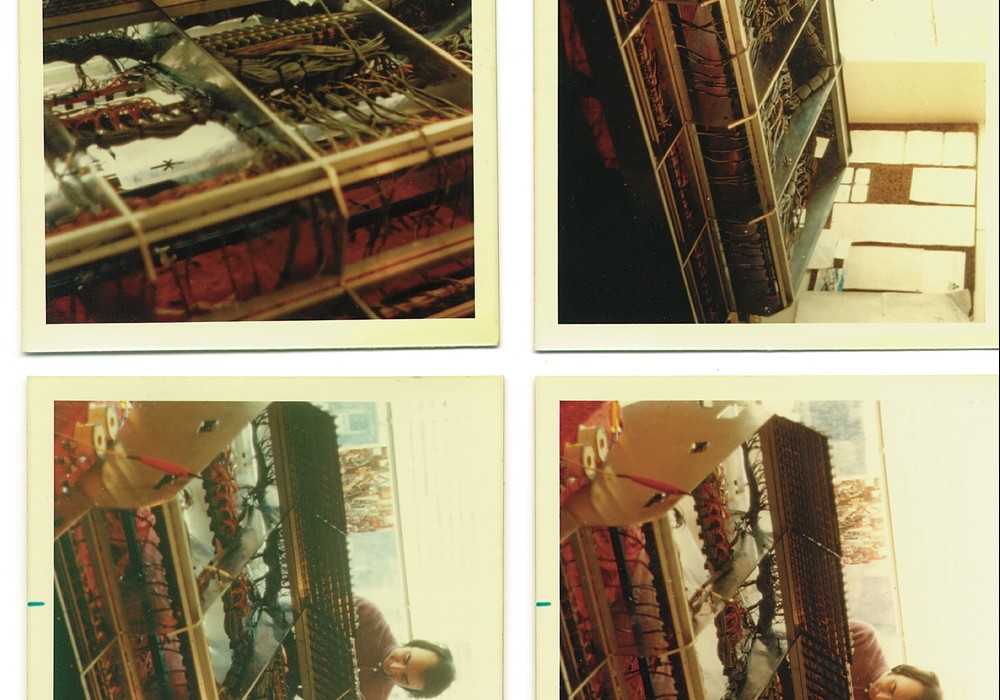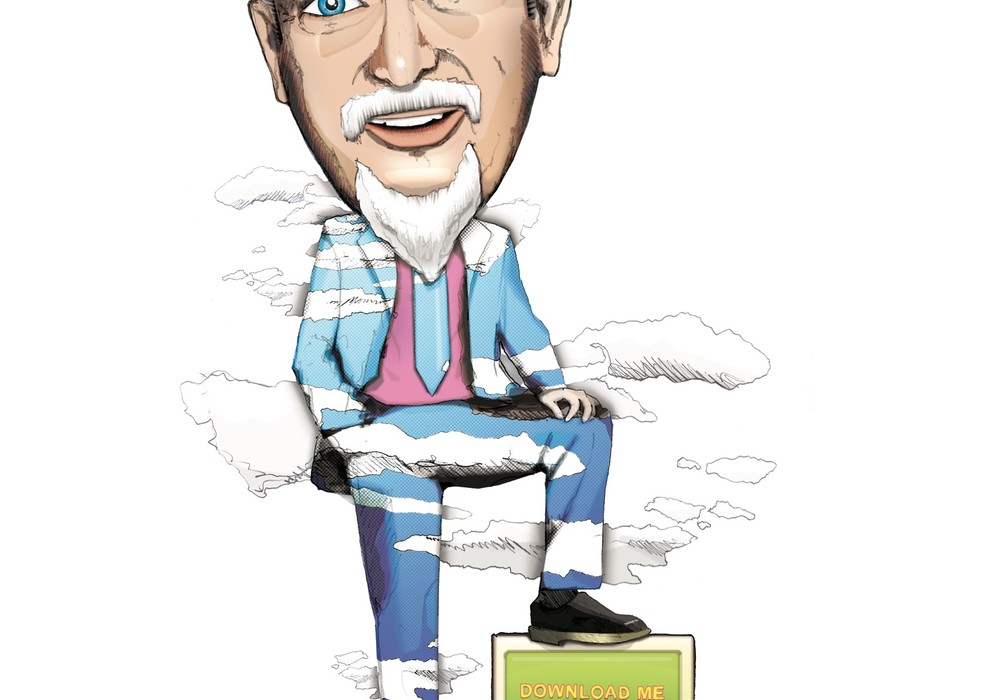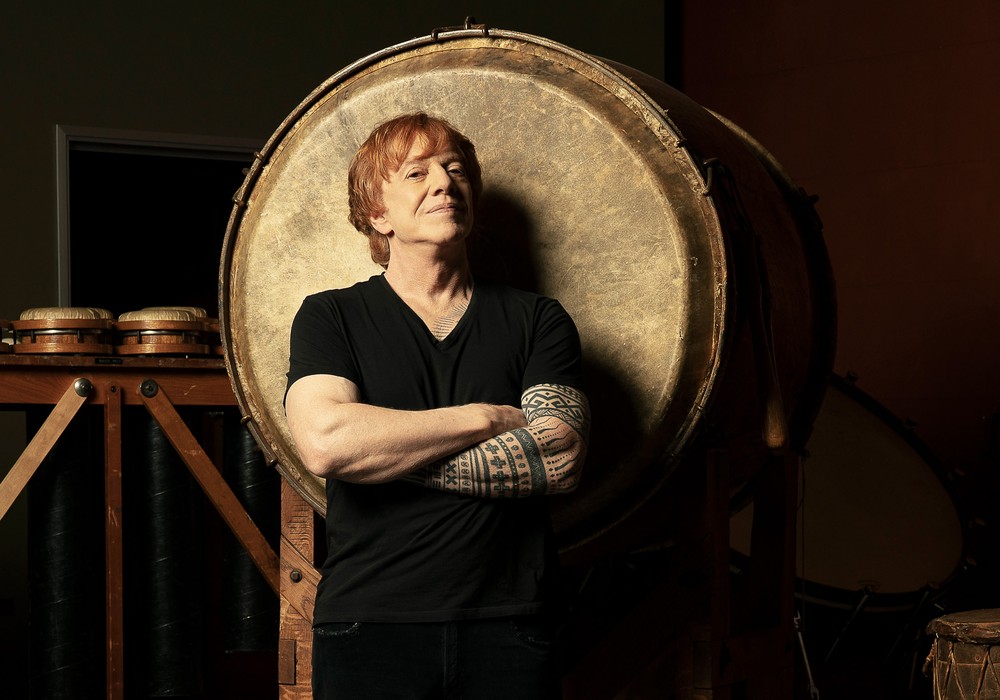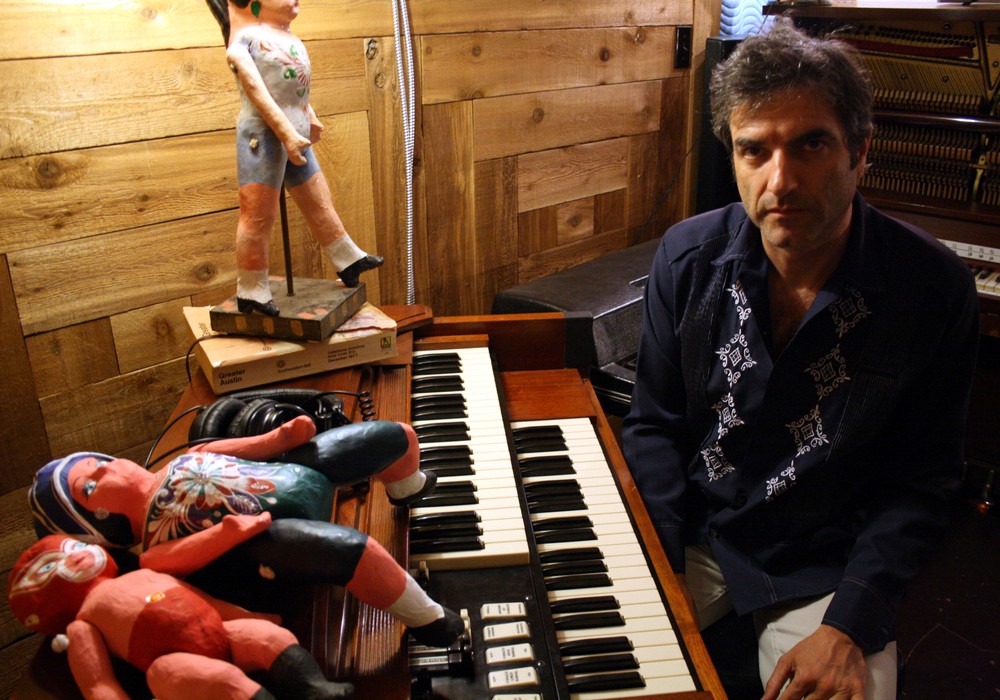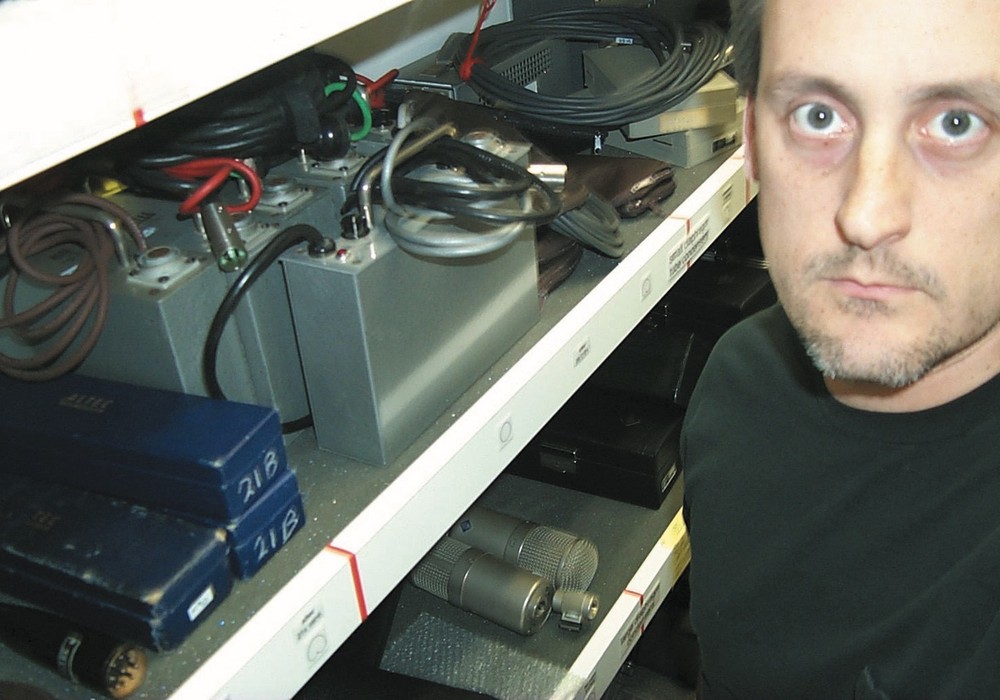Bitone means "talents" in the Luganda language of Uganda, East Africa. At the Bitone Center for Children, located in the capital city of Kampala, there is an abundance of musical talents. The center is a music- based home that houses twenty-five children between the ages of 8 to 18, from every corner of Uganda. The program works with youth who have been traumatized by the death of their parents or loss of their home due to disease, war, or economic hardship. The full name of the center is actually Bitone Center for "Disadvantaged" Children, but to me, their attitudes reflect the contrary. The joy the kids experience from performing and nurturing their talents seems to transcend any losses they have experienced.
Two Ugandan musicians/actors, Branco Sekalegga and Hassan Kayemba, founded the center in 2004 in an effort to combine their passion for the arts with their passion for social change. Bitone provides education, life-skills, physical care, mental healthcare as well as a thorough understanding of traditional Ugandan music, theatre and folklore. Over the six months I spent in Uganda, I had the life-changing pleasure of recording the music of this center and its children, and in the process creating some of the most profound friendships in my lifetime.
I set off to Uganda armed with a Marantz PMD670 digital recorder, a Rode NT4 stereo microphone, two years of engineering experience (barely past intern status) at Clear Lake Audio in Los Angeles, and an urge to give deeper meaning to my passion for recording. I've never been into gear just to be into recording equipment — it's always been more about being around artistic energy and being able to provide a platform for artists to accurately capture what's in their hearts. My work in Uganda was ideal for someone of my wiring. I had limited gear (although later my PowerBook and Mbox arrived), challenging circumstances, and was blessed with musicians whose spirits shined so bright it was contagious.
Other than the constant threat of power-outages, random midday rooster-calls, deafening rain pounding on the tin roof and the neighborhood church trying to out-sing us, my biggest obstacle while recording was arranging the kids (piled into the cement-walled living room) in such a way to get an even representation of each instrument and voice in one take. Most songs included a wooden xylophone, two or three medium sized bow-harps, one large bass bow-harp, one or two tube-fiddles, loads of percussion and group vocals. I don't think we kept anything from the first two months of tracking — it was more of a period of the kids getting comfortable with me and the microphone, and me getting comfortable with the room. When we finally recorded a song where everything seemed even and somewhat full (on headphones), I freaked out and videotaped where everyone was sitting so next time we could set up exactly the same way. After my laptop arrived I was able to do overdubs for things like chorus doubling and added percussion. I found, like any good group, the best performances came out of live takes where everyone was feeding off each other's energy. Setting up in the right way was imperative. The idea of overdubbing was so bizarre to the kids that I kind of felt like an asshole for asking them to do it, but it made a big difference on some of the tracks and the center's directors were really into it. They loved the idea of building up the response end of the vocal call-and- response, one of the staples of African music.
I ended up replacing the Marantz with Pro Tools (laptop/Mbox) for obvious reasons. EQ and stereo-imaging plug-ins made me feel like I was doing a better job. The mic preamps on the Marantz made all kinds of noise. Due to the extreme dynamic shifts in the songs, (i.e. the attack of the xylophone when the intensity would pick-up) the levels were so hard to control that the Marantz always seemed to be either too quiet or distorting. I did keep two tracks we did with the Marantz because the performances were unbeatable, and we just ended up adding overdubs on top of them. That fact that I could see what I was tracking in Pro Tools was something I really missed as well. I found another use for the Marantz via capturing interviews, stories and impromptu musical performances in the villages and communities.
There are two aspects of my experience with Bitone that had the deepest effect on me. The first was our cover of Bjork's "All is Full of Love." To see this group of kids grasp the concept of the song and quickly run with it was beautiful beyond words. I am still blown away by the spin they put on the song. They retuned all their harps to minor and wrote new parts in no time. I left Bjork's version on a CD so one of the girls could get the vocal delivery down (she was the shy one with a sweet voice and she gave it a charm that would be impossible to coach). The response it's getting has already been more than I could have imagined. The second memory that had a powerful impact was being around the center on Sunday nights when the kids would pray together. The Bitone children are deeply rooted in a spirituality that's rare in the Western world. They didn't come off as evangelized, or as if they had been brainwashed by missionaries — when they prayed it was the most moving expression of song I have ever witnessed. They would all cram into the backroom of the house, close their eyes, and take turns leading the call and response of their favorite devotional songs, adding whatever they wanted whenever they felt it. In my opinion, the Bitone kids are incredibly spiritually mature. They taught me a lifetime's worth of lessons regarding knowledge of self, gratitude and the human connection.
To hear the Bitone recordings and for more info go to myspace.com/bitonetroupe. If you are interested in helping Bitone in any way, contact Grant at granttbuhr@gmail.com. For more info on the Chicago- based organization Grant worked with in Uganda go to projectfocus.org
